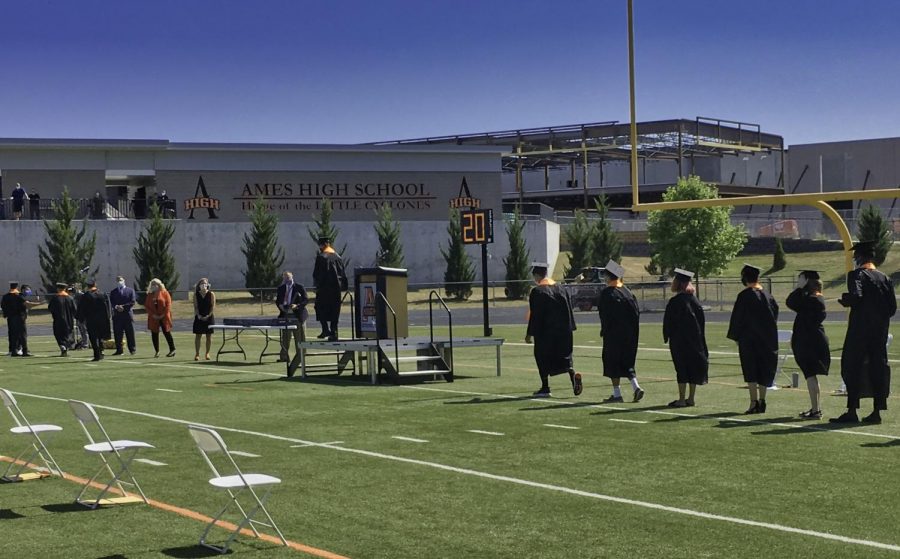As the highly anticipated results of the Kenyan presidential election were released on December 29th, millions across the country were stunned upon learning that Mwai Kibaki remained in office. In response, many supporters of the opposition candidate Raila Odinga protested, proclaiming the election returns erroneous. Within hours, violent riots broke out in big cities throughout Kenya. Reports of deaths have ranged from 400 to 1,000. With many people still missing, it is difficult to differentiate between those who have fled and those mobbed. Tensions between various ethnic tribes living in Kenya had been forming gradually and were soon bound to erupt in conflict. âI was surprised [to hear about the riots]; Kenya has always been a beacon of unity in Africa,â said Barbara Kagima, Ames High graduate of â01 who left Kenya in 1995. âIn order to gain our independence from Britain in 1963, the 48 or so tribes in Kenya united and fought for freedom together. Since then, though, hatred between the different groups has been simmering under the surface, so it was inevitable.â Kagimaâs mother comes from the central region of Kenya, where Kikuyos make up a majority of the population. Her fatherâs side of the family, however, resides in the Rift Valley area, located in the west and dominated by the Kalenjin people. Despite the hostility between these two groups, Kagimaâs relatives get along fairly well. âThey love to have ongoing debates about politics, but itâs nothing personal,â she said. Unfortunately, the rest of the country is not as friendly. âThere is a lot of corruption in the government âa few are extremely wealthy while the majority of the people live in severe poverty,â Kagima said. âThe opposition is fighting for money to the people and equality.â Senior Connie Sikinyi has family in Kenya as well. âMy momâs sister that lives in Nairobi was missing for a few days, but thankfully we found her,â she said. âAlso, an uncle of mine was running for Parliament in the elections, so that created a lot of difficulties.â Kagimaâs uncle, a Kikuyo supporting the current president, was attacked and trapped by the opposition threatening to take his life. He managed to escape and sought shelter in his companyâs headquarters. Meanwhile, his home was burned and destroyed. âI had a lot of fear and concern and that period was a hard time to get through,â Kagima said about the ten days of the fierce riots. âI sat around with my mom and brother, trying to get a hold of our relatives. They updated us with text messages, but one night, my momâs sister called and was whispering because she was sleeping outside. She said the neighborsâ houses were attacked and burned and she was fearful of what may happen to her.â Luckily, Kagimaâs uncle escorted the aunt to a rural area that was almost unaffected by the violence. The peak of the violence has now passed and things seem to be relatively calm as Kenyans are trying to recover from both emotional and material losses. Although no political resolution has been reached yet, mediators are rushing in to help create peace amongst the clashing cultures. This instance reminds us that even the quietest nations are prone to inner conflict and civil battles.
Categories:
Tremors of Kenyan riots felt in Ames
SOFIYA HUPALO
•
January 29, 2008
Story continues below advertisement
0
Donate to The WEB
$150
$450
Contributed
Our Goal
Your donation will support the student journalists of Ames High School, and Iowa needs student journalists. Your contribution will allow us to cover our annual website hosting costs.
























